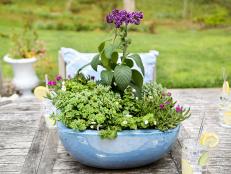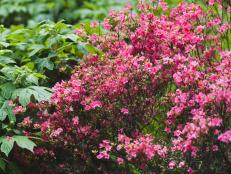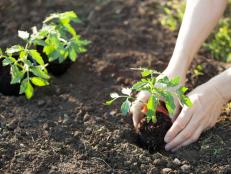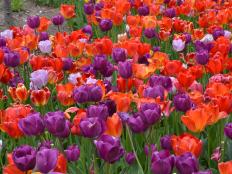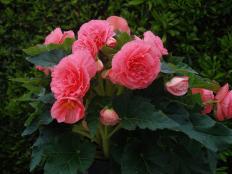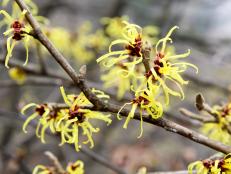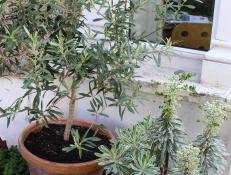Tips for Planting in a Heat Wave
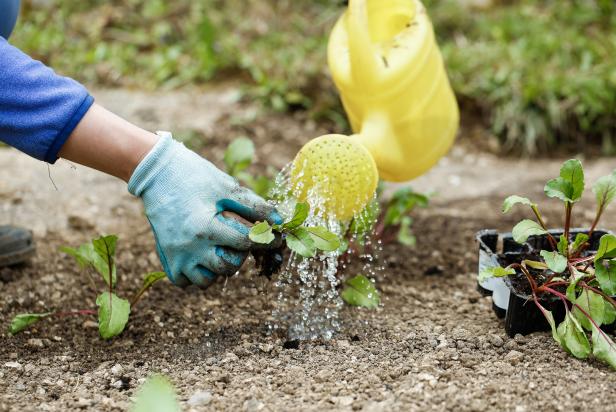
zlikovec / Shutterstock.com
In drier weather, be sure to thoroughly water newly transplanted plants.
Q: I want to add new plants to my garden, but it’s been so hot and dry and all of the books say don’t plant in the summer. What should I do?
ANSWER:
Don’t listen to the books. Well, let me back up a little. The books are right – planting in the summer when it is hot and dry is not the best time to move new plants into or around the garden. During a particularly bad heat wave it can be hard enough to keep the soil hydrated, let alone provide ample moisture for plants that are establishing new roots. But that doesn’t mean you can’t do it! With a little extra TLC and a few tricks in your pocket, you can plant whenever you want — within reason.
Best Times to Plant
- If you can, wait for an overcast day. Even if the air is hot your plants will be happier without the hot sun frying them to a crisp.
- Plant early in the morning or at night just before or after the sun comes up. The air tends to be cooler and the sun less intense. Whatever you do, avoid the midday sun, which is the hottest and highest in the sky.
- Watch the forecast and plant just after or during a rainy day. Let nature help you!
Plant Prep
Soak transplants, pot and all, in a bucket of water for 15 minutes to a half hour before planting. Add a little compost tea or sea kelp to the water –they’ll help support the plant through the stress of relocation.
Super Soak It
I gardened for years at a community plot that was close to home, but not close enough that I could be there every day. The following trick allowed me to establish new plants without being there to baby them through the transition.
Dig a hole for the new plant and fill it with water. Wait for the water to drain, and then fill it again. Repeat this process multiple times. I do it twice during normal spring weather, and up to 5 times during a particularly bad summertime drought. The goal is to get the soil around the plant’s roots and beyond super hydrated. Put the plant into the hole as normal and then water it well one last time.
Dig a Moat Around It
Everyone is familiar with the old moat around the tree method. This works for all transplants too. Part of the goal here is to direct the water exactly where the plant need it – at the roots. But I think that this method also serves to show us in a clear way exactly how much water is applied. Fill the moat up multiple times. It’s bound to drain quickly if the soil is dry. You can also use this method in combination with the one above.
Garden authority Gayla Trail is the creator of YouGrowGirl.com.







